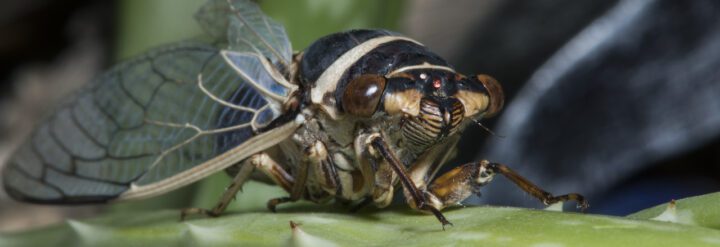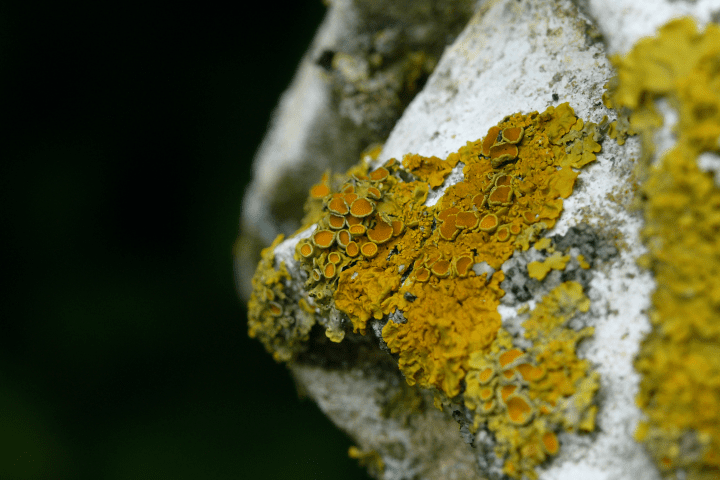Tiny plants cling to vertical rock faces in waterfall spray zones, capturing moisture and creating rich microhabitats by taking advantage of constant mist and cool temperatures.
Introduction
The Cascadia bioregion is known for its dramatic elevation shifts and abundant rainfall, giving rise to countless waterfalls that carve through basalt cliffs and canyon walls. Around these falling waters exists a hidden world—lush, miniature ecosystems that owe their existence to the constant mist produced by the falls.
On vertical rock faces near waterfalls, where soil is scarce and direct sunlight may be harsh, most plants cannot survive. But for a particular suite of organisms—mosses, liverworts, and filmy ferns—the constant moisture of the waterfall spray zone provides a perfect refuge. These organisms don’t just survive here; they create the foundation for layered ecosystems that support surprising .
The Strategy
Non-vascular plants like mosses and liverworts have adapted to thrive in environments with thin or no soil, and high humidity. In waterfall spray zones, they use their entire surface area to absorb moisture directly from the air and from the constant drizzle of mist. Their fine root-like structures (rhizoids) anchor them tightly into the tiny cracks and rough textures of stone, giving them a foothold in a vertical world.
The filmy ferns (from the family Hymenophyllaceae), which are more commonly seen in tropical cloud forests, also find a stronghold in Cascadia’s waterfall zones. These ferns have ultra-thin, translucent fronds that are only a few cells thick—so delicate that they can only survive where humidity never drops too low. These ferns unroll their fragile leaflets toward the light, using the spray to prevent desiccation and maintain gas exchange.
Together, these plants transform bare stone into green, sponge-like mats. Their structures trap water, shelter spores and seeds, and slow down evaporation, creating a stable microclimate on the cliff face. As the mosses and ferns mature, they build up layers of organic material, inviting other species into their community: water-loving insects, lichens, spiders, and even amphibians that cling to the moist walls.
These miniature vertical wetlands act as buffers—slowing runoff, filtering air, and protecting rock faces from erosion. Because they can persist year-round in the spray, even during dry summer months, they provide continuity in an ecosystem shaped by seasonality.
The Potential
These spray zone ecosystems offer powerful inspiration for sustainable design. The ability of mosses and filmy ferns to survive on vertical surfaces with no soil, drawing moisture from the air, suggests new ways to create self-watering “living walls” in urban architecture—especially in regions with fog or mist.
In ecological restoration, encouraging these plants to recolonize cliff faces near creeks and waterfalls can help stabilize fragile slopes, support insect life, and offer refuge for species during climate stress.
Their example also teaches a broader ecological lesson: even the harshest, rockiest corners of a landscape can become hubs of biodiversity when organisms are finely tuned to the nuances of place. In the mosaic of Cascadia’s habitats, the spray zone cliffs are small in size, but vast in ecological influence—green ribbons of life stitched into the fabric of falling water.
AI on AskNature
This page was produced in part with the assistance of AI, which is allowing us to greatly expand the volume of content available on AskNature. All of the content has been reviewed for accuracy and appropriateness by human editors. To provide feedback or to get involved with the project, contact us.






